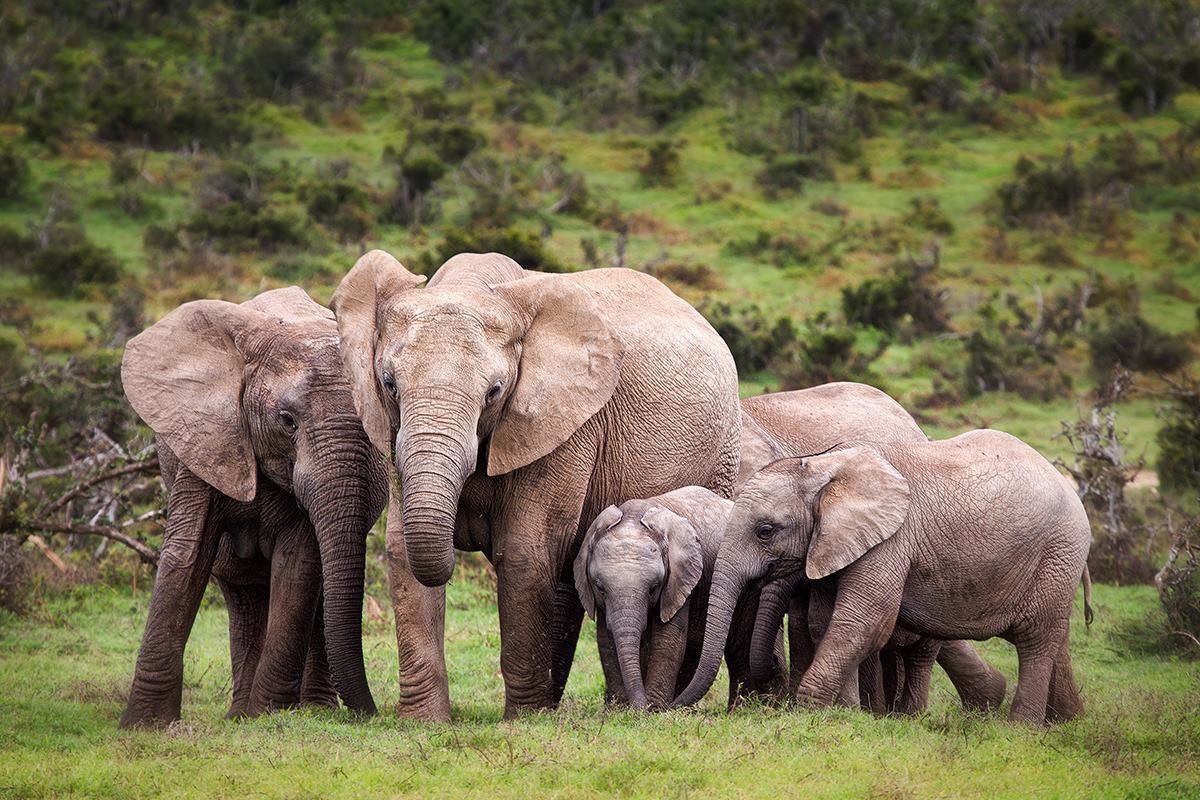
Senkele Wild Life Sanctuary is located in Oromia state West Arsi zone Siraro district at 305 kms South of Addis Ababa. The Sanctuary covers an area of 54 square kilometer; and it was originally established in 1976 to protect the Swayne’s Hartebeests.
During its establishment the boundary of the sanctuary had covered only 36 square kilometer, but in 2010 its boundary stretched to 54 square kilometer.
The sanctuary is known to be the home for various species of mammals and birds. 191 bird species, including three endemic, are found in the sanctuary out of which 9 of them are categorized under Afrotropical highlands biome species. Particularly birds like Mycteria ibis, Bostry Chia Carunculata, Gyps africanus, Numida meleagris are found in the park.
More than 37 mammalian species and other animals are also found in the Sanctuary. Bohor, Reedbucks, Greater kudus, Orbis anteloges, spotted hyenas, Serval, Civet cats, Caracals, Warthogs and common Jackals are few among the animals populated in the Sanctuary.
In addition to birds and mammals, there are also various unique plants and trees that attract the eyes and minds of tourists. The Acacia wood land of the Sanctuary is the most scenic one and found in large number.
In the sanctuary trekking some stapes Swayne’s Hartebeest and Orbi easly seen grazing on the field late in the morning and afternoon.
Fronted long brow, twist and pointed tip horned Swayne’s Hartebeest, in looking for the family group rounding and rounding through, looks busy in charge of the group existence all the time. The male have the appearance of dark black back and half bright golden shining colored skin, unlikely the female is full of golden color.
It entails skepticism to hear that Swayne’s Hartebeest is a member of the Hambentu ethnic group, but that is the naked truth. Once about 20 years now, the former Aba-Geda Imam Wrana Jara identified that this endemic big mammal was in extinction from the compound, and declared that Swayne’s Hartebeest should be treated as a Hambentu ethnic member. Thanks to the Geda system: the sanctuary is now filled with 860 Swayne’s Hartebeest, as documents indicate.
According to Desta Bedasso, Head of the Sanctuary, currently the site is preserved well by the community; and the contribution of the custom of the local community, the Geda System, has played immeasurable role.
As to him, the traditional law that has been proclaimed 28 years ago by the surrounding community in accordance with the Geda System, and oblige them to consider the Swayne’s Hartebeest as one of the members of the families has contributed a lot to safeguard the wildlife and at the same time encouraged them to conserve and protect the natural environment.
This traditional law is key in every aspect- to praise and appreciate individuals who conserve the natural environment; and penalize who damage the natural resource in the community, he remarked.
As he stated, according to the set system, individuals who conserve and protect the resources from any threats receive different incentives, recognitions and blessings. On the other way, those committed undesirable act on the resources condemn and punished seriously by local judges. Owing to this fact, any act that is regarded as a threat to the safety of the wildlife and the Sanctuary is considered as committing big crime and morally wrong act. Thus, he reflected, the community has been implementing this traditional law in to action without hesitation and any interference. Equally, they are very happy to welcome tourists coming to visit the site, he underscored.
While talking the activities his office has done to raise the awareness of the surrounding community, Desta said that substantial activities have been carried out by Sanctuary’s workforce to raise the awareness of the community towards the site, its inhabitants, plus Sanctuary’s economic returns and how to conserve it. By doing so, it is enabled to preserve it and enhance the benefit of the community from it.
85 percent of the area is covered by grass and the staff has been benefiting the local community through generously distributing the grass that is conserved within the boundary of the destination. The surrounding communities are using the tall grasses to construct houses.
Every year, they obtain heaps of grass worth from 7 up to 10 million birr; as a result in the area most private houses and lodges are made from this grass, he remarked.
The Ethiopian Herald August 5, 2020
BY TAMERU REGASA




